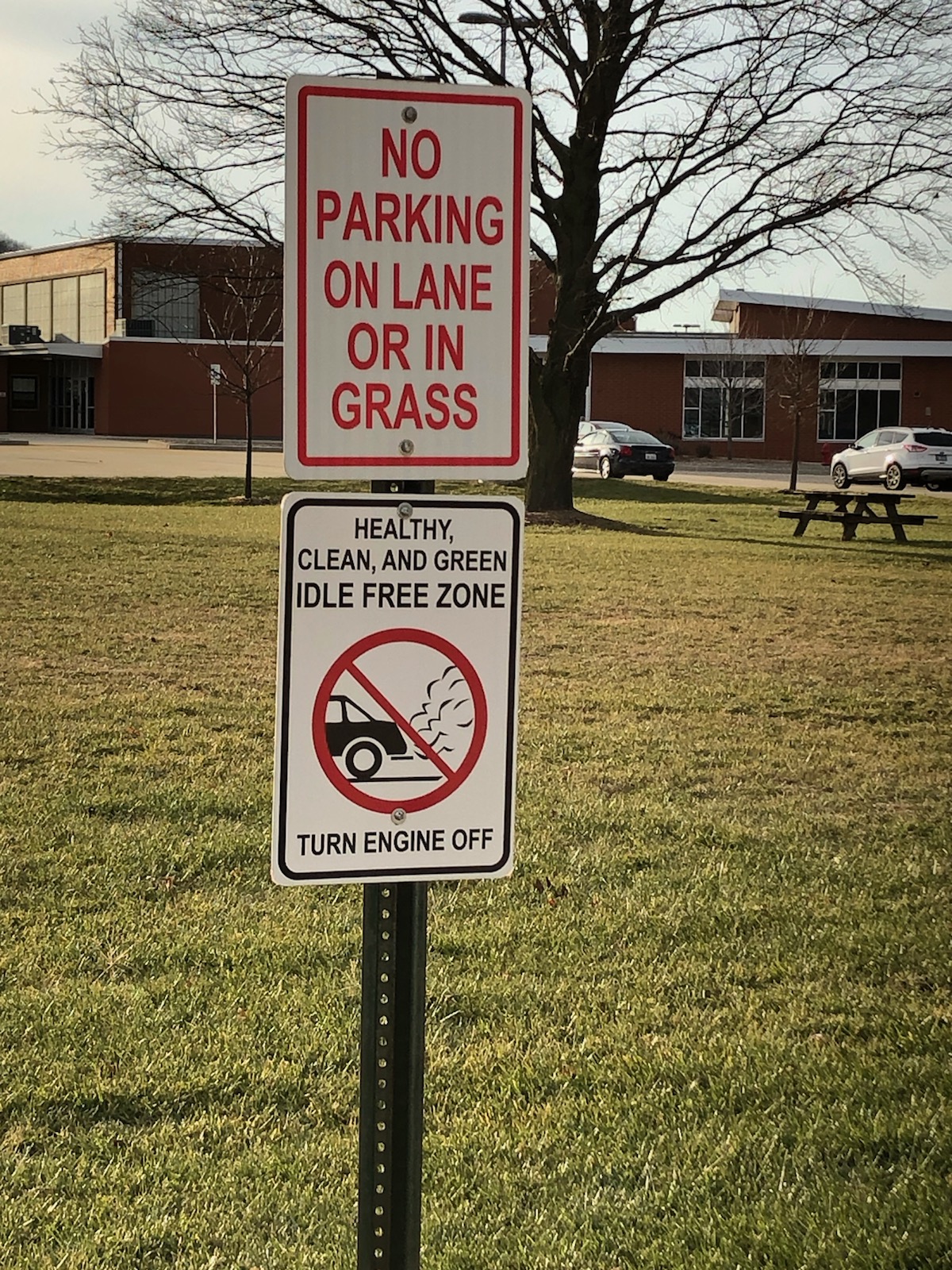East Peoria is bringing back their Curbside Recycling Collection starting in May. Go to the City of East Peoria’s website for more information. Download the Acceptable Items Flyer for a list of items they accept.
Archive for the ‘Uncategorized’ Category
Monarch butterflies down 26% in Mexico wintering grounds
By Mark Stevenson, full article can be found on the AP’s website.
MEXICO CITY (AP) — The number of monarch butterflies that showed up at their winter resting grounds in central Mexico decreased by about 26% this year, and four times as many trees were lost to illegal logging, drought and other causes, making 2020 a bad year for the butterflies.
The government commission for natural protected areas said the butterflies’ population covered only 2.1 hectares (5.2 acres) in 2020, compared to 2.8 hectares (6.9 acres) the previous year and about one-third of the 6.05 hectares (14.95 acres) detected in 2018.
Because the monarchs cluster so densely in pine and fir trees, it is easier to count them by area rather than by individuals.
Gloria Tavera, the regional director of Mexico’s Commission for National Protected Areas, blamed the drop on “extreme climate conditions,” the loss of milkweed habitat in the United States and Canada on which butterflies depend, and deforestation in the butterflies’ wintering grounds in Mexico.
Illegal logging in the monarchs wintering rounds rose to almost 13.4 hectares (33 acres), a huge increase from the 0.43 hectare (1 acre) lost to logging last year.
Jorge Rickards of the WWF environmental group acknowledged the lost trees were a blow, but said “the logging is very localized” in three or four of the mountain communities that make up the butterfly reserve.
In addition, wind storms, drought and the felling of trees that had fallen victim to pine beetles or disease, caused the loss of another 6.9 hectares (17 acres) in the reserve, bringing the total forest loss in 2020 to 20.65 hectares (51 acres). That compares to an overall loss of about 5 hectares (12.3 acres) from all causes the previous year.
Tavera said the drought was affecting the butterflies themselves, as well as the pine and fir trees where the clump together for warmth.
“The severe drought we are experiencing is having effects,” Tavera said. “All the forests in the reserve are under water stress, the forests are dry.”
“The butterflies are looking for water on the lower slopes, near the houses,” she noted.
Tavera also expressed concern about the sever winter storms in Texas, which the butterflies will have to cross — and feed and lay their eggs — on their way back to their northern summer homes in coming months.
“This is a cause for worry,” Tavera said, referring to whether the monarchs will find enough food and habitat after the winter freeze.
It was also a bad year for the mountain farming communities that depend for part of their income on tourists who visit the reserves. Because of the coronavirus pandemic, visits fell from around 490,000 last year, to just 80,000 in the 2020-2021 season.
Environmentalist and writer Homero Aridjis, who grew up around the reserve, said the decline in butterflies and rise in logging was not surprising, given the reduction in Mexican government funding for protected natural areas and environmental work.
“While the reserves were closed to tourism during practically the whole (winter) season, the way was open for loggers, with no control,” Aridjis said. “The question is, can the monarch migration survive this environmental negligence?”
The U.S. group Center for Food Safety called for the monarchs to be granted endangered species protection, noting “the minimum population threshold needed to be out of the danger zone of extinction is six hectares.”
It was unclear whether the drop in tourism income contributed to the increased logging. Rickards said there has long been pressure on the area’s forests from people who want to open land for planting crops.
Felipe Martínez Meza, director of the butterfly reserve, said there have been attempts to plant orchards of avocados — hugely profitable crop for farmers in the area — in the buffer zones around the reserve.
The high mountain peaks where the butterflies clump in trees are probably a bit above the altitude where avocado trees like to grow, Martinez Meza said. But the buffer zones provide protection and support for the higher areas, and he said more must be done to combat the change in land use.
Frequently, illegal logging is carried out by outsiders or organized gangs, and not by the farm communities that technically own the land.
Millions of monarchs migrate from the U.S. and Canada each year to forests west of Mexico’s capital. The butterflies hit a low of just 0.67 hectares (1.66 acres) in 2013-2014.
Loss of habitat, especially the milkweed where the monarchs lay their eggs, pesticide and herbicide use, as well climate change, all pose threats to the species’ migration.
While there was plenty of bad news for the butterflies — very few showed up to some historic wintering sites like Sierra Chincua — there was the welcome news that a new wintering site was discovered nearby, in a mountaintop near the Lagunas de Zempoala protected area, near Mexico City.
Tavera said the wintering site had always been there, but was so difficult to reach that it wasn’t discovered until earlier this month.
Magnificent Monarchs need our help.
These creatures are one of the most beautiful visitors to gardens across much of the central United States. Not only are they beautiful, but they are important pollinators that make it possible for flowers to thrive and food to grow. Many flowers and food products with flowers must have pollinators like bees, hummingbirds, and butterflies stop by to sample their nector and spread their pollen to reproduce. The number of Monarch butterflies has been declining for many years. In part it is because the habitat and plants that monarchs need are being removed from our landscaped yards, from garden spots, and from parks and natural areas. The IL Monarch Project is out to remedy this problem by getting seeds into the hands of all who are willing to plant a monarch garden in any of these areas. Are you one of these people? If you are you need to take the monarch pledge at bit.ly/MonarchPledge or the Sierra Club site. We are lining up organizations to help with this. One organization is the Fondulac Library in East Peoria. They are going to be having a seed exchange this spring, depending on Covid 19 issues. They will also be available at East Peoria Farmers Market, or you can contact Bob Jorgensen at jestpr@aol.com for more information. Each seed packet will have advice on how to best plant and grow your monarch essential plants.

No Idling Signs

The East Peoria Green Team has purchased NO IDLING signs for all the schools in District 86. This picture shows one of the signs outside of Washington Jr. High School. The signs have been place in areas where parents are waiting in their cars to pick their children up from school. We hope that parents and students get the idea to pollute the air less by not idling, if possible, while they are close to the school drop off and pick up sites.


